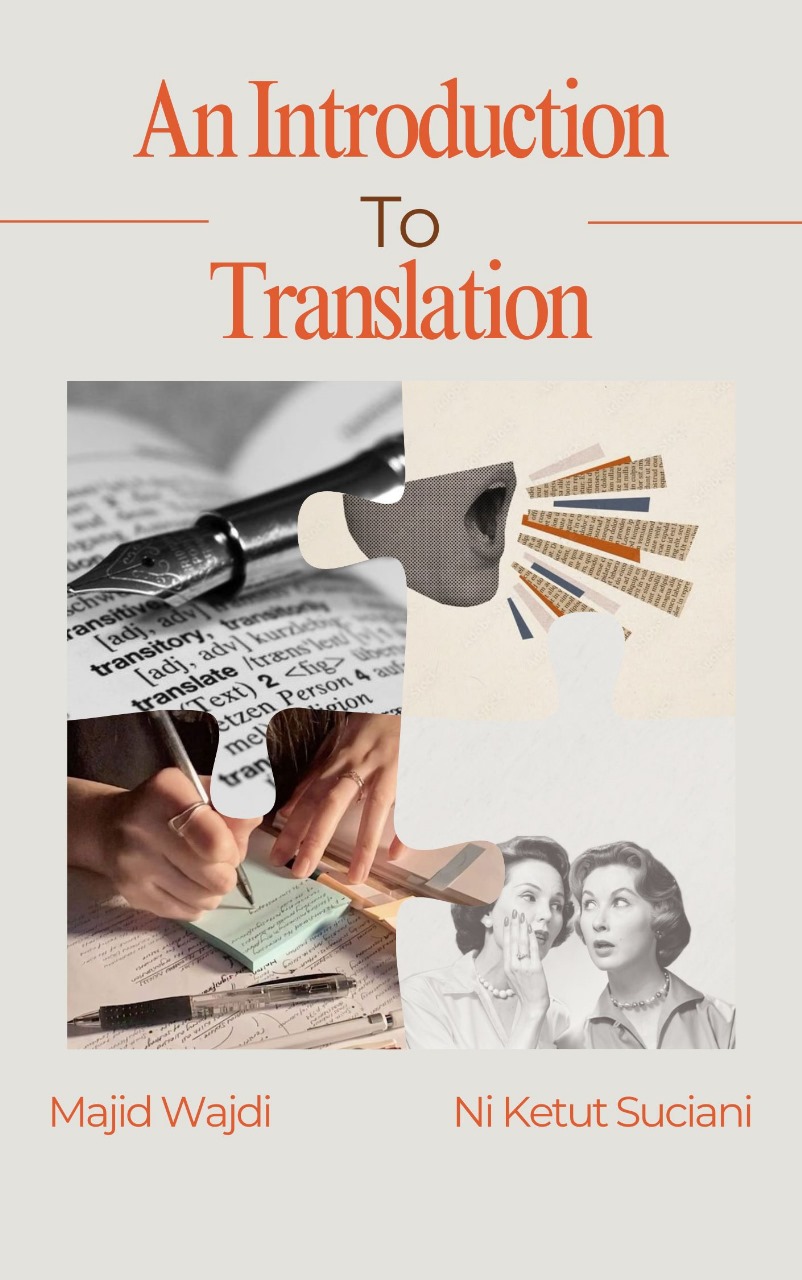Chapter 10 Text Type in Translation
Keywords:
Text Type, Genre in Translation, Translation Strategies, Functional Equivalence, Stylistic AdaptationAbstract
This chapter explores the role of text types in translation, emphasizing how different genres require specific translation strategies. The objective of learning this topic is to understand the classification of texts—such as literary, technical, legal, and persuasive texts—and how their functions influence translation decisions. The method of learning involves theoretical study and comparative analysis, where learners examine various text types to identify stylistic, structural, and linguistic features that affect translation approaches. The analysis highlights challenges such as maintaining formal tone in legal documents, preserving creativity in literary texts, and ensuring clarity in technical translations. The discussion also explores strategies for adapting translation techniques based on text type and audience expectations. The conclusion underscores that recognizing text type is essential for producing accurate, coherent, and contextually appropriate translations, enhancing both linguistic and professional translation competence.
Downloads
Downloads
Published
Issue
Section
License
Copyright (c) 2025 Majid Wajdi (Author)

This work is licensed under a Creative Commons Attribution-NonCommercial-ShareAlike 4.0 International License.
License Terms
1. Open Access Policy
This journal provides immediate open access to its content, supporting the principle that making research freely available to the public fosters greater global knowledge exchange.
2. License Type
All articles published in this journal are distributed under the Creative Commons Attribution License (CC BY 4.0). This license allows others to:
- Share: Copy and redistribute the material in any medium or format.
- Adapt: Remix, transform, and build upon the material for any purpose, even commercially.
Under the following terms:
- Attribution: You must give appropriate credit, provide a link to the license, and indicate if changes were made. You may do so in any reasonable manner, but not in any way that suggests the licensor endorses you or your use.
3. Author Rights
Authors retain the following rights:
- The right to use the substance of the article in future publications of their own, provided that proper acknowledgment is given to the original publication in this journal.
- The right to reproduce the article for their own purposes, including for educational use.
4. Copyright
Authors who publish in this journal agree to the following terms:
- The copyright for articles remains with the authors.
- Authors grant the journal a non-exclusive license to distribute their work and ensure its indexing and visibility through various repositories.
5. Responsibility
The journal holds no responsibility for content accuracy, completeness, or reliability. Responsibility lies solely with the authors of the published work.
6. Revisions and Updates
These license terms may be revised or updated. Any changes will apply to future articles submitted after the date of the update.



